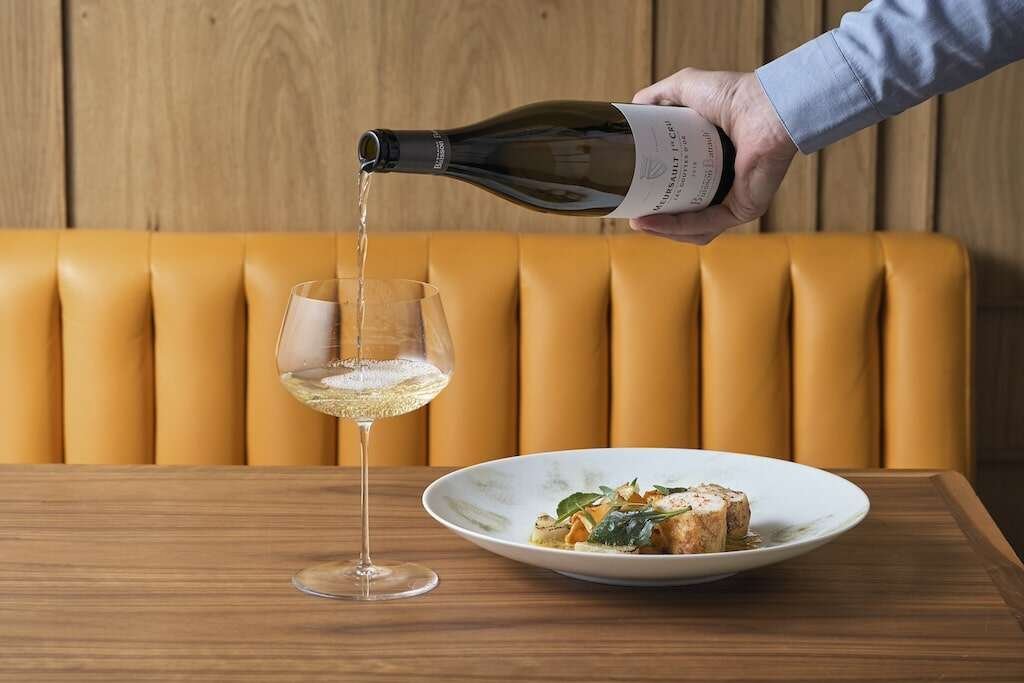In the sophisticated world of fine dining, the role of a sommelier is as crucial as that of the chef. They do not just recommend wines; they create experiences, enhancing the culinary journey with each pairing. Today, innovative sommeliers are redefining the art of wine pairing, pushing boundaries far beyond traditional matches. This exploration into the evolving practices of some of the world’s leading sommeliers reveals how they are shaping the future of fine dining.
The Evolution of Wine Pairing
Traditionally, wine pairing followed a relatively straightforward set of guidelines: white wines with fish and poultry, red wines with red meat. However, modern sommeliers are breaking these conventional rules to explore more dynamic, unexpected pairings. They consider not only the primary flavors of a dish but also the way spices, sauces, and cooking methods influence the overall taste and how a wine can complement or contrast these elements.
Pioneers of Innovative Wine Pairing
- Alyssa DiPasquale, Clio – Boston
At Clio in Boston, Alyssa DiPasquale has been turning heads with her bold wine selections. She pairs unique, often overlooked wines with Chef Ken Oringer’s innovative dishes. For instance, a seemingly simple dish of scallops might be paired with a volcanic soil wine from Santorini, enhancing the briny, mineral flavors of the seafood.
- Paz Levinson, Executive Sommelier at Anne-Sophie Pic
Working at the three-Michelin-starred restaurant of Anne-Sophie Pic in Valence, France, Paz Levinson crafts pairings that are poetic in their complexity. Levinson is known for her daring choices, such as pairing a robust Malbec with a delicate dish of sea bass, drawing out unexpected flavors and textures that challenge and delight the palate.
- Maxime Valéry, Atelier Crenn – San Francisco
Atelier Crenn, led by Chef Dominique Crenn, is a place where art meets cuisine. Maxime Valéry, the sommelier, complements Crenn’s artistic dishes with equally expressive wines. A standout pairing involves a dessert of pear and honey with an aged Jurançon, which echoes the dish’s sweet, lush, and creamy textures.
The Science Behind the Art
The work of a sommelier involves a deep understanding of how various elements of food and wine interact. This includes considering the acidity, sweetness, fat, and tannins, and how these can be balanced or highlighted by different wines. Innovative sommeliers like DiPasquale, Levinson, and Valéry spend countless hours tasting and studying to perfect their craft, often venturing into the realms of lesser-known vineyards and grapes to surprise and educate their guests.
Educational Initiatives
Leading sommeliers also focus on educating their patrons about wine. Tasting menus often come with detailed descriptions and stories about the wine’s origin, the vineyard’s philosophy, and why the pairing was chosen. This educational aspect not only enhances the dining experience but also deepens the guests’ appreciation and knowledge of wine.
Sustainability and Ethical Considerations
Today’s top sommeliers are also advocates for sustainability. They increasingly source wines from vineyards that practice organic and biodynamic viticulture. This shift not only supports environmentally friendly practices but also brings a new dimension to the wine’s story, which resonates well with contemporary diners who value sustainability.
The Role of Technology
Technology also plays a role in modern wine pairing. Sommeliers use various software to manage vast inventories and to keep track of guest preferences and past pairings, which helps in creating a more personalized dining experience. Additionally, apps and databases can provide a wealth of information at their fingertips, from detailed vineyard maps to the latest reviews on new releases.
Conclusion: The Future of Wine Pairing
The future of wine pairing in fine dining looks vibrant and diverse. Sommeliers like Alyssa DiPasquale, Paz Levinson, and Maxime Valéry are not just serving wine; they are delivering an integral part of the dining narrative that is as important as the dish itself. Their innovative approaches encourage diners to think differently about wine, promoting a deeper understanding and appreciation of how it can enhance food.
The boundary-pushing methods of these wine experts ensure that the art of sommellerie remains dynamic and evolving. As they continue to challenge the norms and explore new possibilities, the world of fine dining will continue to be an exciting, ever-changing landscape that promises new tastes and unmatched culinary experiences. In this way, the role of the sommelier is more crucial than ever, bridging the gap between tradition and innovation, and crafting unforgettable experiences that resonate with the soul of the diner.

